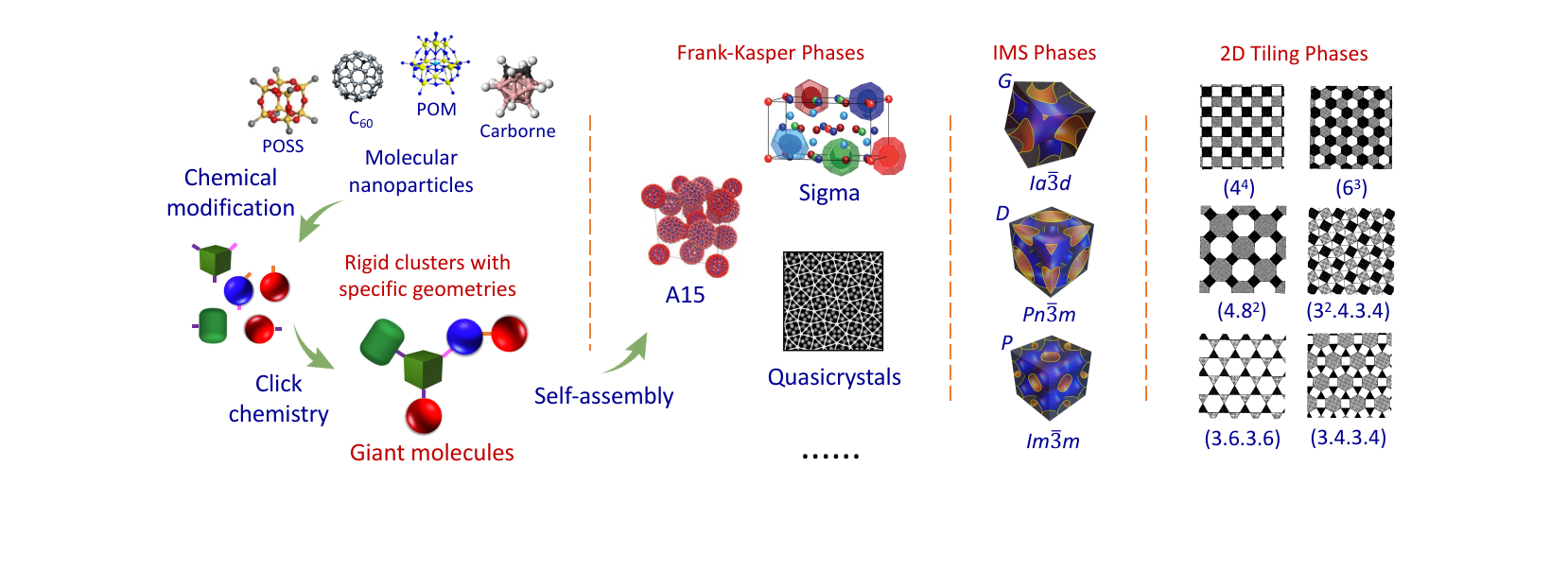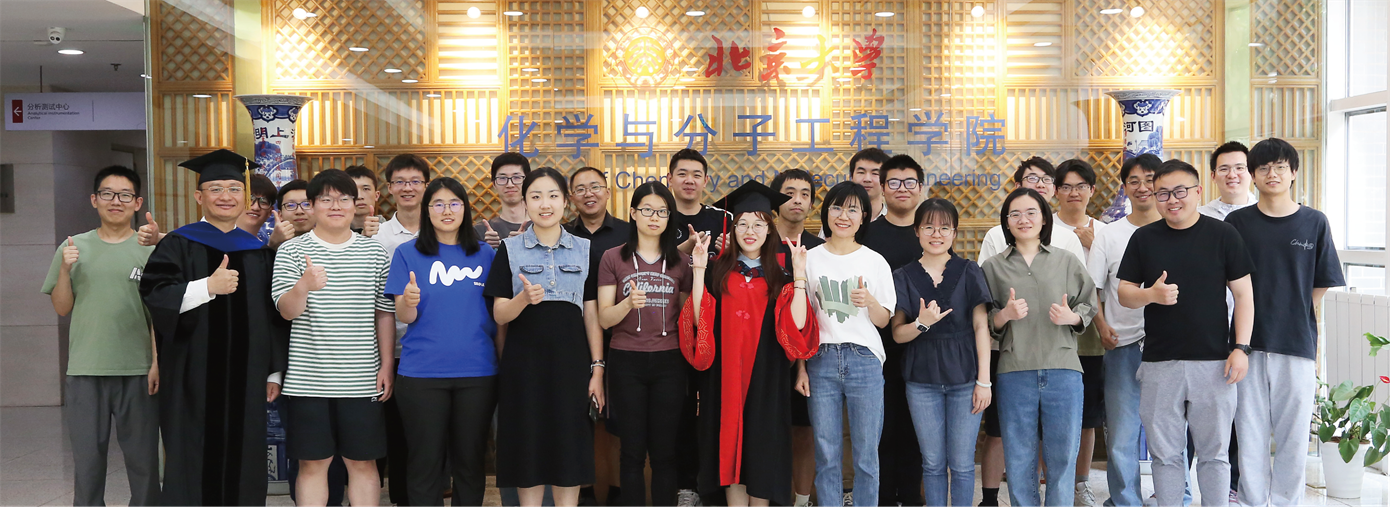Quotes
----------------------------------------------
-----------------------------------------------
在科学上没有平坦的大道,只有那些不畏艰险沿着陡峭山路攀登的人,才有希望达到光辉的顶点。
----马克思
-----------------------------------------------
Research Projects
Collaborations
------------------------------------------
请有兴趣的研究组联系我们。欢迎任何形式的合作,尤其是在自组装、水凝胶以及生物医药等方向的合作。
------------------------------------------
请有兴趣的研究组联系我们。欢迎任何形式的合作,尤其是在自组装、水凝胶以及生物医药等方向的合作。
------------------------------------------
Publications
36. Giant Surfactants Provide a Versatile Platform for Sub-10nm Nanostructure Engineering. Proc. Natl. Acad. Sci. USA, 2013, 110, 10078-83
Posted on:2016-04-27
Yu, X.; Yue, K.; Hsieh, I.-F.; Li, Y.; Dong, X.-H.; Liu, C.; Xin, Y.; Wang, H.-F.; Shi, A.-C.; Newkome, G. R.; Ho, R.-M.; Chen, E.-Q.;* Zhang, W.-B.;* Cheng, S. Z. D.* Giant Surfactants Provide a Versatile Platform for Sub-10nm Nanostructure Engineering. Proc. Natl. Acad. Sci. USA, 2013, 110, 10078-83. [Link] [PDF]

Abstract
The engineering of structures across different length scales is central to the design of novel materials with controlled macroscopic properties. Herein, we introduce a unique class of self-assembling materials, which are built upon shape- and volume-persistent molecular nanoparticles and other structural motifs, such as polymers, and can be viewed as a size-amplified version of the corresponding small-molecule counterparts. Among them, “giant surfactants” with precise molecular structures have been synthesized by “clicking” compact and polar molecular nanoparticles to flexible polymer tails of various composition and architecture at specific sites. Capturing the structural features of small-molecule surfactants but possessing much larger sizes, giant surfactants bridge the gap between small-molecule surfactants and block copolymers and demonstrate a duality of both materials in terms of their self-assembly behaviors. The controlled structural variations of these giant surfactants through precision synthesis further reveal that their self-assemblies are remarkably sensitive to primary chemical structures, leading to highly diverse, thermodynamically stable nanostructures with feature sizes around 10 nm or smaller in the bulk, thin-film, and solution states, as dictated by the collective physical interactions and geometric constraints. The results suggest that this class of materials provides a versatile platform for engineering nanostructures with sub-10-nm feature sizes. These findings are not only scientifically intriguing in understanding the chemical and physical principles of the self-assembly, but also technologically relevant, such as in nanopatterning technology and microelectronics.






